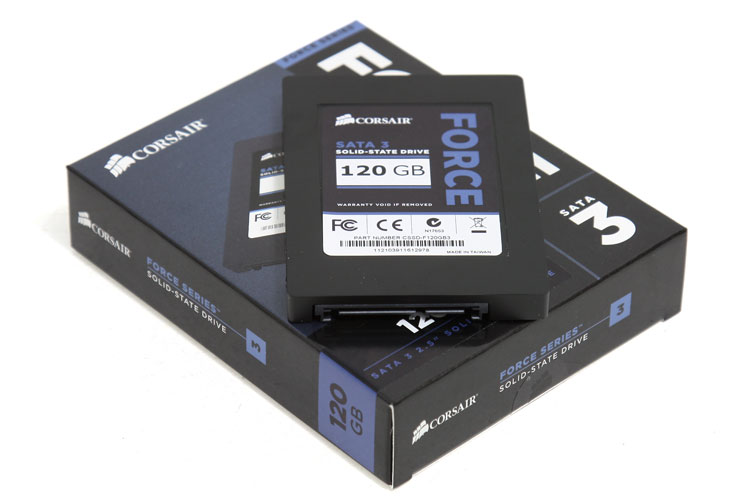Specifications and architecture
Specifications and architecture
We stated it several times, the SATA II controller that we all love and got accustomed to so much is a bottleneck for the latest generation SSDs as they were literally hitting the upper plafond in terms of performance. We've now physically and mechanically reached that threshold. With the initially slow adoption rate towards SATA 3 implementation on motherboards, effectively the bandwidth your storage device can work in has doubled up, and believe it or not ... that's great but still not enough for the years to come as SSD performance over the coming year or two will take an even larger leap in peak performance.
We have stated it many times and explained this quite a bit, but the seek time on SSD drives is insane; nothing short of amazing, at less than 1ms -- 0.1ms as we actually can measure. The average seek time for a traditional HDD is roughly 9ms. Do the math, hey, no more moving and spinning mechanical components is the key here.
The traditional HDD is a limiting factor on the overall PC experience. Also, storage performance like this will, for example, greatly enhance load times of Photoshop, Generic applications, Office, games load times, and even simple stuff like browsing the web will become a much faster experience.
But let's move onwards to the SSD itself.
Specifications and architecture
Here's where we'll look a little deeper inside the actual product. The Corsair Force 3 is, as stated, an SSD based on MLC NAND (25nm) asynchronious flash memory.
The difference though is that it uses that new SATA 3 interface. The end result here is that you'll get a storage unit with a massive IO performance, peaking up-to say 500 to 550 MB/sec in read performance and a scorching 450 to 510 MB/sec write performance (rated 475 MB/sec for the 60 GB model).
The non GT model, thus this Force 3 SSD, uses asynchronous NAND flash.
Currently there are two types of the NAND Flash interface. The asynchronous one is similar to the regular SRAM interface, the other one is synchronous DDR interface; it is available in two flavors Source Synchronous DDR and Toggle Mode DDR. The Source Synchronous DDR is a solution proposed by ONFI , while the Toggle Mode DDR is used by Samsung in their memories. DDR interface offers higher performance than the asynchronous interface.
Now, always bare in mind that a manufacturer loves to show you the burst / maximum peak performance, not average. Regardless of that fact, which we'll show you in the benchmark sessions, this storage unit is just extremely fast.
| Interface: | SATA 6Gb/s |
| Max Sequential Read/Write (using ATTO Disk Benchmark): | 550 MB/s sequential read 510 MB/s sequential write |
| Max Random 4k Write (using IOMeter 08): | 85k IOPS (4k aligned) |
| Technology: | Asynchronous NAND |
| SSD Unformatted Capacity: | 120 GB |
- Interface: SATA 3 6Gb/s
- Storage technology: Asynchronous NAND
- Operating temperature: 0° C to +70° C
- Storage temperature: -20° C to +85° C
- Operating Humidity: 10% to 90% RH (0° to +40° C)
- Maximum Operating Altitude: 3,048 m (up to 10,000 ft.)
- Maximum Non-Operative Altitude: 12,192 m (up to 40,000 ft.)
- SATA 3 6Gb/s
- Backward compatible with SATA II and SATA I
- Microsoft® Windows® 7, Vista®, and XP; Macintosh OS X; Linux
- 2.5" or 3.5" hard drive bay
- 3.5" adapter for desktop PCs included
The Force 3 series SSD will become available in three volume sizes: 60, 120 and 240 GB. The products range from 100 EUR for the 60 GB version towards, 190 EUR for this 120 GB version, Corsair covers the unit with a 3 year warranty (carry in).
SKU codes
- 60GB: CSSD-F60GB3-BK
- 120GB: CSSD-F120GB3-BK
- 240GB: CSSD-F240GB3-BK
To understand the product we'll need to realize that there are primary technologies embedded into the storage unit. As such we'll continue the technology coverage in two stages:
- The SSD partitions paired with controller
- SATA III 6 Gbit interface
We'll explain each one in a simple manner.

